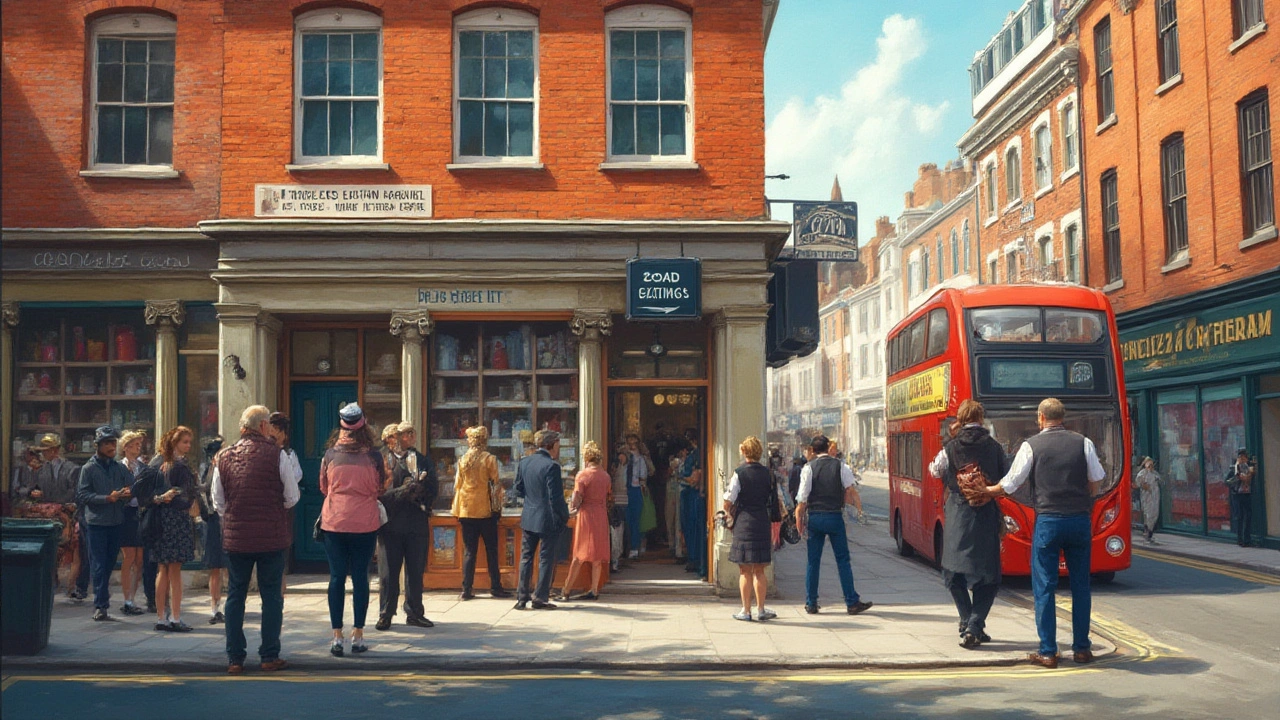Social Order and Architecture: How Buildings Shape Everyday Life
Buildings and streets aren’t neutral backgrounds. They guide how people meet, work, protest, shop, and relax. If you want to understand social order—the rules, routines, and power in any place—look at its architecture. This page links design choices to real social outcomes so you can spot why some spaces feel open and fair while others feel divided or controlled.
How design creates rules
Think of a wide plaza with benches, trees, and no barriers. People linger, talk, and form groups. Now picture a narrow alley with security gates and cameras. Movement is fast and furtive. Those are design-driven rules: sight lines, entrances, stairs, and even material choices tell people how to behave. Architects and planners set those cues intentionally or by accident.
Public buildings often signal authority. Grand columns, high ceilings, and formal steps create distance between officials and the public. By contrast, low thresholds, transparent glass, and shared seating invite approachability. These choices matter for trust, civic participation, and whether people feel represented by their city.
Housing design affects social ties too. Dense neighborhoods with shared courtyards encourage daily encounters. Suburban sprawl with long drives and private yards makes neighbors strangers. That difference changes how communities organize, who watches out for each other, and how local problems get solved.
Real examples and what to look for
Revival styles like Greek Revival or Beaux-Arts often reflect a desire to project order and permanence. Those buildings were used by governments and banks to signal stability. On the flip side, modern minimalism or postmodern playful facades can either open spaces up or hide social divides depending on how they’re used.
Look for access points and visibility. Are entrances obvious or hidden? Do streets encourage walking and linger spots? Public transit hubs that are easy to reach create more mixed-use social zones. Parks placed in the center of neighborhoods bring different ages together; parks at the edge tend to serve fewer people.
Preservation and revival movements also affect social order. Restoring a historic courthouse can boost civic pride, but expensive restorations can gentrify neighborhoods and push out long-time residents. Design decisions that honor history while keeping places affordable keep social order healthier.
Finally, small features add up: curb cuts that aid mobility, benches for older adults, lighting that increases safety—these choices shape who belongs in a space. If designers consider daily life, architecture becomes a tool for fairer social order. If they ignore lived experience, buildings can reinforce exclusion.
If you care about better cities, start by noticing these signals on your next walk. Ask who benefits from a space and who’s left out. Simple observations lead to powerful ideas about how design could be changed to make communities more open, safer, and fairer.

Functionalism Explained: How Society Works Together Like a Well-Oiled Machine
Functionalism in sociology digs deep into how parts of society work together to keep things running smoothly. Discover insights, facts, and practical examples in this lively guide.
Read more